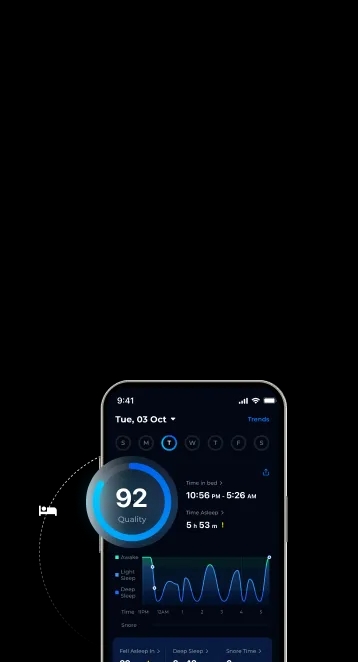


We know that sleep plays a major role in ensuring good health, yet millions of people around the world continue to struggle with chronic sleep disorders. Dyssomnia is a classification for a group of sleep disorders that interfere with the quality and quantity of sleep. It is not to be confused with parasomnia, a different classification.
In this article, we will explore what dyssomnia is, its causes and the types of sleep disorders that fall under this term. You’ll also get to learn solutions to manage your dyssomnia symptoms.
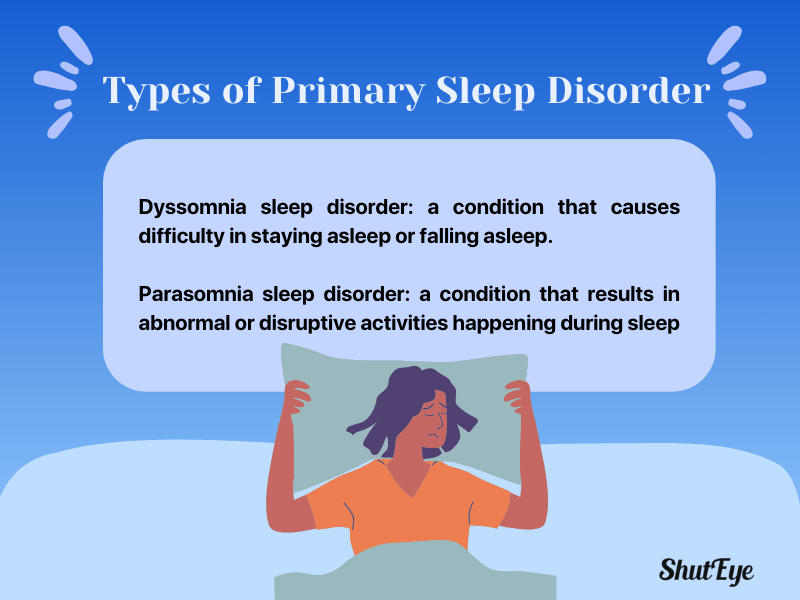
Primary sleep disorders can be categorized into two separate categories— dyssomnia and parasomnia.
Dyssomnia sleep disorder refers to a condition that causes difficulty in staying asleep or falling asleep.
Parasomnia sleep disorder, on the other hand, refers to a condition that results in abnormal or disruptive activities happening during sleep [1].
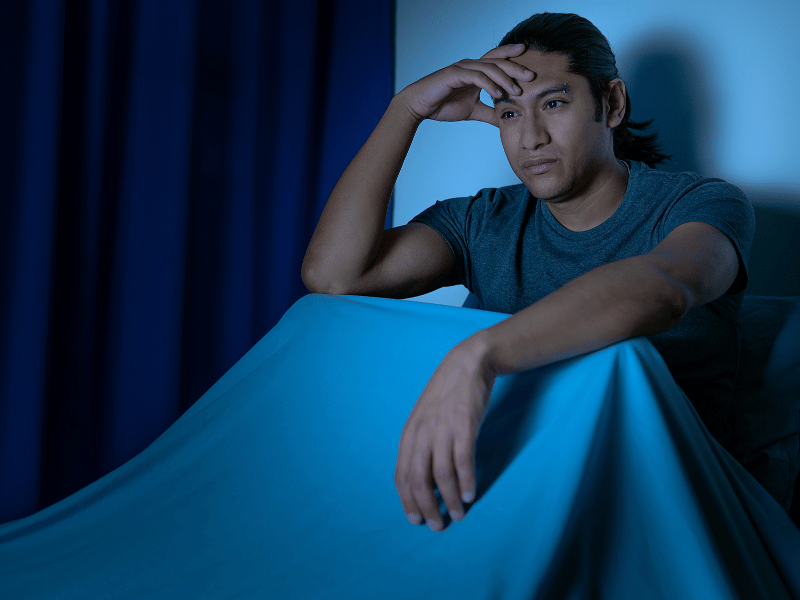
Dyssomnia is a broad term that is used to classify a group of sleep disorders that affect the quality of sleep [2]. Dyssomnia sleep disorders may result in difficulty falling asleep or staying asleep.
There are a variety of factors that may contribute to the development of dyssomnia, influencing an individual’s sleep patterns.
Poor sleep hygiene such as having irregular sleep schedules, consuming caffeine before sleep, and carrying out stimulating activities before bedtime can contribute to the onset of dyssomnia.
Additionally, environmental factors such as noise or light pollution can lead to this disruption of sleep [3].
There are primarily three types of categories that could be the reason for your dyssomnia. These categories are:
Intrinsic sleep disorders are typically caused by an internal dysfunction, a problem with the body’s internal sleep regulation, or other medical disorders.
The common types of intrinsic sleep disorders include:
Extrinsic sleep disorders are the opposite and are caused by environmental factors or health habits. People who struggle with sleep disorders often find it hard to get enough good quality sleep.
Common extrinsic sleep disorders include:
Separately, circadian rhythm sleep disorders are caused by irregular or misaligned circadian rhythms. People with this disorder may have irregular sleep schedules and find it hard to fall asleep or stay asleep regularly [4].
Here are the common types of circadian rhythm sleep disorders that can be experienced:
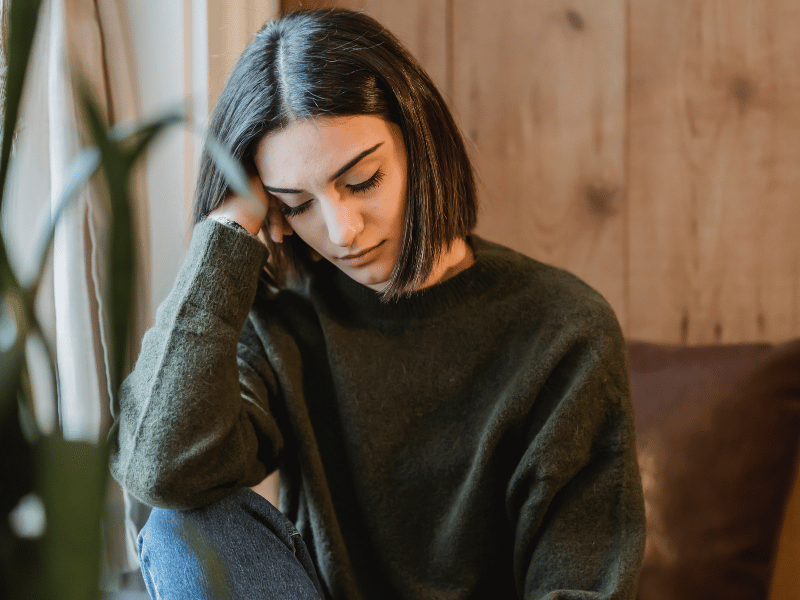
Generally, many sleep disorders exhibit overlapping symptoms such as [5]:
As such, it can be rather confusing and difficult to determine the exact sleep disorder that you are facing based on symptoms.
To properly diagnose the type of dyssomnia that you have, you can expect your healthcare provider to assess your sleep history, sleep habits, mental health and physical health to rule out mental health disorders or conditions pertaining to your nervous system, cardiovascular system, respiratory system and more.
If necessary, your doctor may also order for certain tests such as polysomnography, actigraphy, or blood tests to form a more accurate diagnosis.
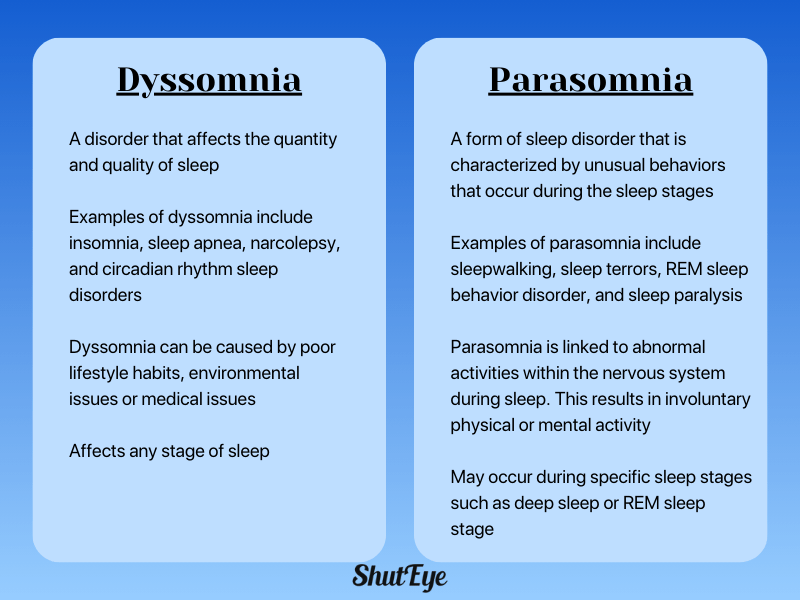
Dyssomnia and parasomnia are two broad categories of sleep disorders that each have their own distinct characteristics. Below is a table that highlights the key differences between the two categories.
| Dyssomnia | Parasomnia |
| A disorder that affects the quantity and quality of sleep | A form of sleep disorder that is characterized by unusual behaviors that occur during the sleep stages |
| Examples of dyssomnia include insomnia, sleep apnea, narcolepsy, and circadian rhythm sleep disorders | Examples of parasomnia include sleepwalking, sleep terrors, REM sleep behavior disorder, and sleep paralysis |
| Dyssomnia can be caused by poor lifestyle habits, environmental issues or medical issues | Parasomnia is linked to abnormal activities within the nervous system during sleep. This results in involuntary physical or mental activity |
| Affects any stage of sleep | May occur during specific sleep stages such as deep sleep or REM sleep stage |
The treatment for dyssomnia highly depends on the type of sleep disorder that is causing these sleep problems. There are two main methods for managing dyssomnia sleep disorders and its symptoms, which are psychological treatment or pharmacological treatment.
Some sleep disorders may benefit from the use of medications or from the use of behavioral therapies to relieve symptoms. In some cases, it may be used in combination to better control the condition.
Cognitive behavioral therapy (CBT) is a common technique that is used to not only relieve symptoms of dyssomnia but also to improve overall sleep quality.
Pharmacological treatment methods may include the use of medications or melatonin supplements to aid with sleep at night [6].

Aside from professional treatment options, you may also want to consider using natural methods to manage and improve dyssomnia-related symptoms. Practicing good sleep hygiene is often one of the best ways to improve your sleep and prevent the occurrence of sleep disorders.
Here are some helpful tips to try:
Having an irregular schedule when it comes to sleep can seriously mess up your body’s internal clock. It’s important to establish a consistent sleep schedule by getting up and going to bed at the same time each day, even on weekends.
This will help to train our brains to get used to the timing so that we can fall asleep faster wake up more easily and feel refreshed.
The environment that we sleep in can also greatly impact the way we sleep at night. Sleeping in an environment that is bright, warm, or noisy may cause us to experience frequent sleep disruptions, resulting in poor sleep.
It is important to make sure that the room is kept at a cool temperature between 60-72°F (15-22°C), dark and quiet. If needed, consider using ShutEye® app to help you drown out the external noises and fall asleep comfortably.
If you are always facing difficulty falling asleep at night, perhaps having a bedtime routine could help. Before going to bed, try to allocate at least 1 hour of your time to do relaxing activities that can help you relax and wind down for a good night’s sleep.
Taking a warm bath, meditating, reading a book, or listening to some relaxing music are some suggested activities that you may include in your routine.
Before going to bed, you want to strictly avoid eating heavy meals or taking caffeine. Our bodies typically need between 2 to 4 hours to digest the food that we eat, so eating before sleep can lead to indigestion. This may result in sleep disruptions, lowering sleep quality.
Additionally, caffeine is considered a stimulant so drinking it before bed will likely keep you up for much longer than you want to.
While exercising is good for your overall health and well-being, you shouldn’t do it at night. Exercising too close to bedtime can raise your body temperature and release stress hormones, making it harder for you to fall asleep. So, if you do want to get your workout in, ensure you’re keeping it for the daytime.
In conclusion, dyssomnia is a broad term that is used to classify a group of sleep disorders which can be further broken down into intrinsic, extrinsic, and circadian rhythm-related categories. While it is caused by poor sleep hygiene, environmental factors, or underlying medical conditions, it can be treated by practicing good sleep hygiene or opting for pharmacological or psychological treatment options.
Discover ways to improve your sleep hygiene for better sleep quality with ShutEye® app. ShutEye® is a patented sleep-tracking app that monitors your sleep cycles and offers personalized sleep tips for a good night’s rest. Try it FREE for 7 days!
Jacksonville Sleep Center (2022) What is Dyssomnia? [online]. available at: https://jaxsleepcenter.com/what-is-dyssomnia/
John Hopkins Medicine (2025) Primary Sleep Disorders: Dyssomnias [online]. Available at: https://www.hopkinsmedicine.org/health/conditions-and-diseases/primary-sleep-disorders-dyssomnias
Mayo Clinic (n.d.) Sleep disorders [online]. Available at: https://www.mayoclinic.org/diseases-conditions/sleep-disorders/symptoms-causes/syc-20354018
Medicover Hospital (N.d.) Dyssomnia: Symptoms, Causes and Treatment [online]. available at: https://www.medicoverhospitals.in/diseases/dyssomnia/
Smith, Y. (2023) Dyssomnia Sleep Disorders [online]. Available at: https://www.news-medical.net/health/Dyssomnia-Sleep-Disorders.aspx
Taylor and Francis (2025) Dyssomnia [online]. Available at: https://taylorandfrancis.com/knowledge/Medicine_and_healthcare/Sleep_medicine/Dyssomnia/